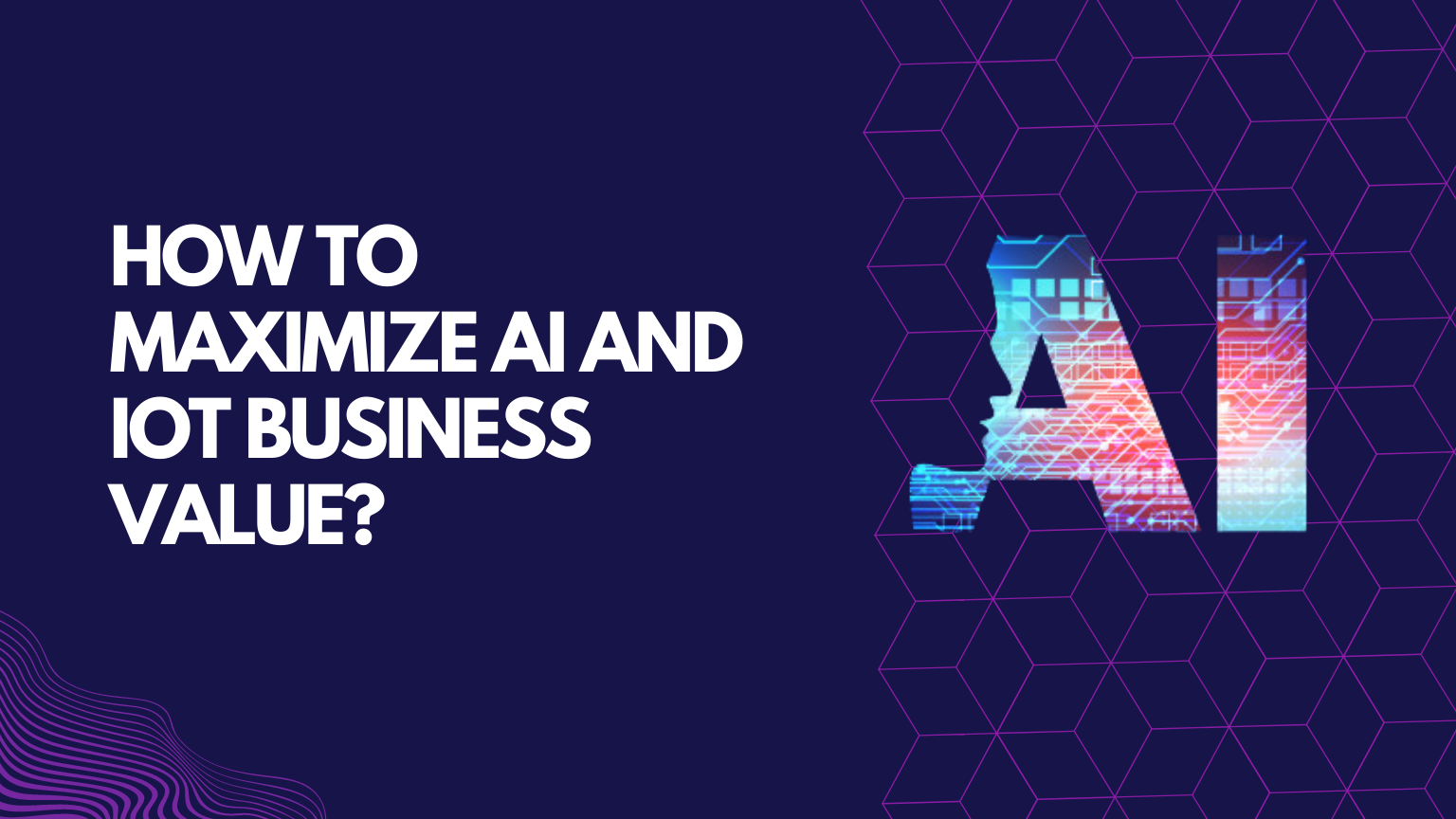How to Maximize AI and IoT Business Value?
Indeed, no enterprise or individual is untouched by the influence of these latest technologies. According to Statista, today, more than 9 billion devices potentially utilize Artificial Intelligence (AI) and the Internet of Things (IoT). They use it through their mobile phones, applications, cloud services, sensors, RFID systems, and other means.
These outstanding opportunities are skyrocketing business operations and constructing deep customer relations. But all these advantages come with a situation that every business needs to address appropriately. Many business owners and executives prioritize customer privacy and security while utilizing exceptional opportunities of AI and IoT, and all this is possible through CIAM (Customer identity and access management).
CIAM to Maximize Business Value
CIAM, Customer Identity and Access Management, is a sub-category of identity and Access Management (IAM) that aids in improving customer experience and security concurrently. CIAM integrates digital identity-based authorization with authentication to customer-facing applications. Businesses can opt for CIAM solutions either on-premises or as-a-service. They can cause it through interconnected identity APIs on web services and applications.
Also, management is an essential security measure every business should add. There are four primary things CIAM does when implemented.
- It facilitates customized authentication mechanisms for enterprises and their customers.
- It improves the customer registration and login experience by reducing the risk of a data breach or account hacking.
- It generates scalability regardless of the customer headcounts.
- It Impacts AI and IoT amid expanding Security and Privacy Demand.
We all know that AI (Artificial Intelligence) and IoT (Internet of Things) will be flowering in the coming decades. Businesses are trying to utilize these technologies properly to improve business techniques and methods. IoT promises to produce new mechanisms that can streamline business operations and boost customer experiences with the increasing business workload and hiking competition.
On the other side, AI is carrying a revolutionary change in time-consuming and tiring manual jobs by automating systems. It can also extract insight from granular customer data to enhance business efficiencies and create better customer engagement opportunities.
AI and IoT are the leading technologies that support modern business. However, these come with the concern of data privacy and security. Collecting and processing data using modern technologies might compromise customers’ privacy. But organizations that respect customers’ loyalty and trust use essential privacy protection techniques. Companies can raise their standards and services from their competitors by benefiting from CIAM and privacy maintaining management systems.
1. Security and Privacy Challenges arising from AI and IoT
Most progressive organizations need AI and IoT to expand and know the growing sensitivity of customer data privacy. Regardless, the dawn of AI and IoT drags in security and privacy challenges jiggling user trust.
2. IoT Security Challenges
With increasing IoT system connection, evolution, and expansion across any industry or organization, it becomes challenging to keep data and communication safe and secure. IoT is still in the blooming stage, along with its communication protocols. Business executives and customers find it challenging and problem-alluring to benefit IoT systems due to internet-based software attacks, authentication flaws, network-driven attacks and hardware attacks.
3. Connecting Data in AI and IoT systems
Organizations struggle with growing pains in adopting these technologies because of privacy reasons. IoT devices are implemented in sensitive areas like the healthcare, pharmaceutical and finance industries. Without securing the authentication of employees and customers, the entire system data and privacy could face significant risk. Thus, it is essential to ensure the security of an organization’s and its customer’s data while churning the best AI and IoT.
4. Inadequate User Experience with Conventional Security Tools
In IoT, user experience is highly non-interactive. Customizing IoT systems for excellent user experience without compromising security and privacy is complicated in legacy systems. The authentication mechanism in IoT devices does not provide a user experience. Lack of user experience affects the business value of AI and IoT-driven systems.
Essential Points That The Ciam Solution Displays At An Enterprise Level
1. Adopting Solutions
Today organizations are embracing CIAM solutions. These CIAM solutions offer different authentication techniques and measures like two-factor authentication, social media identity as login, biometrics login etc. Furthermore, the CIAM solutions also provide the service of employee identity and access management (IAM).
2. Maturing
The maturity of CIAM solutions assists organizations in deploying AI and IoT systems without concern. Advanced CIAM solutions have direct measures addressing AI and IoT-specific security concerns.
3. Deploying
Deploying mature CIAM solutions supports the security teams to draft a solid plan. Organizations with progressive CIAM solutions have around 20-52 per cent more potential to boost business value without impacting the user experience or privacy. Besides this, these solutions also minimize customer data breaches and produce insights from the granular data they gather.
Artificial Intelligence has different building blocks like Machine Learning (ML) and Natural Language Processing (NLP). Although AI can generate a range of insights into several CIAM processes, the start of CIAM systems requires organizational knowledge, policy setup and human interaction to gain value from AI.
IoT sensors and devices capture an immense amount of data, including device location and even status. Such data is primarily stored in cloud-based servers. The scalability and distributed data from IoT devices increase data mishandling. Such data breaches also cause corrupt authentication. Hence, companies can use CIAM solutions for better authentication, regulatory data collection, and compliance in such cases.
Conclusion
In this digital era, almost all industries have adopted automation, which means most things operate through AI and IoT. Business owners and executives interested in utilizing IoT and AI in full potential take precautions about customer data security and privacy without negotiating with user experience. Organizations must employ mature Customer Identity and Access Management solutions to integrate smart authentication and authorization. These CIAM systems offer omnichannel interactions and authentication along with track while managing granular user consent, preferences, and activities.

